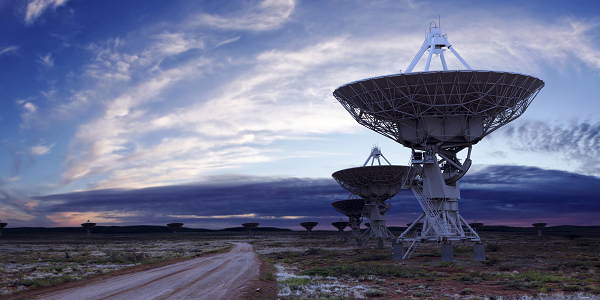The Wireless Spectrum R&D (WSRD) Interagency Working Group (IWG) was formed in late 2010 to coordinate spectrum-related research and development activities both across the Federal government and with academia and the private sector. The purpose is to help coordinate and inform ongoing activities across Federal agencies and to facilitate efficient and effective investment in spectrum sharing technologies and systems. Spectrum provides the “transmission lines” for communications between individuals and devices, and increasingly, between devices. It impacts almost every aspect of our daily lives, including technologies connecting family members or soldiers on the battlefield, drones delivering packages or collecting intelligence, satellites predicting snow, and spacecraft transmitting images of the surface of Mars.
On May 5, 2017, the WSRD IWG held a workshop, Radio Receiver Systems: R&D Innovation Needs and Impacts on Technology and Policy. At this workshop, Federal, private, and academic stakeholders discussed their individual views regarding the need for innovation in radio receiver systems. This workshop report outlines research topics that were discussed by a cross-section of experts with the goal of improving radio receiver systems. Past efforts to achieve better performance and more efficient spectrum use have focused on frequency-division and time-division allocations, but the explosion of wireless data service applications is driving the need for innovative changes in modern radio systems. Many systems are moving to wideband performance characteristics to increase their capabilities and performance. This reliance on wideband spectrum in the lower spectrum bands and the high-frequency millimeter wave bands requires designing and developing radio systems with increased functionality in both the transmitters and receivers. Improving overall system performance depends heavily on receivers being designed and built to deal with increased spectrum congestion and interference. Receiver design also needs to consider the full radio system to fully characterize and quantify performance. Upfront system engineering is needed for improved coexistence approaches that reduce overall interference. In addition, designers must balance performance metrics (e.g., sensitivity, selectivity, and efficiency) against costs, and policymakers must find ways to facilitate improved performance and information exchange that is both secure and private. “WSRD Radio Receiver Systems: R&D Innovation Needs and Impacts on Technology and Policy Workshop Summary” outlines research topics that were discussed by a cross-section of experts with the goal of improving radio receiver systems.
With the rapid expansion of wireless devices, many traditional spectrum use paradigms are being challenged and modified to accommodate the increasing demand. To address the challenges of the rapidly changing landscape for radio receivers, the WSRD IWG developed recommendations for Federal R&D, standards development, and policy in radio receiver systems that imply coordination and collaboration with the private and academic sectors. These recommendations were published in “Radio Receiver Systems R&D Innovation Needs: Recommendations of the WSRD IWG”.


